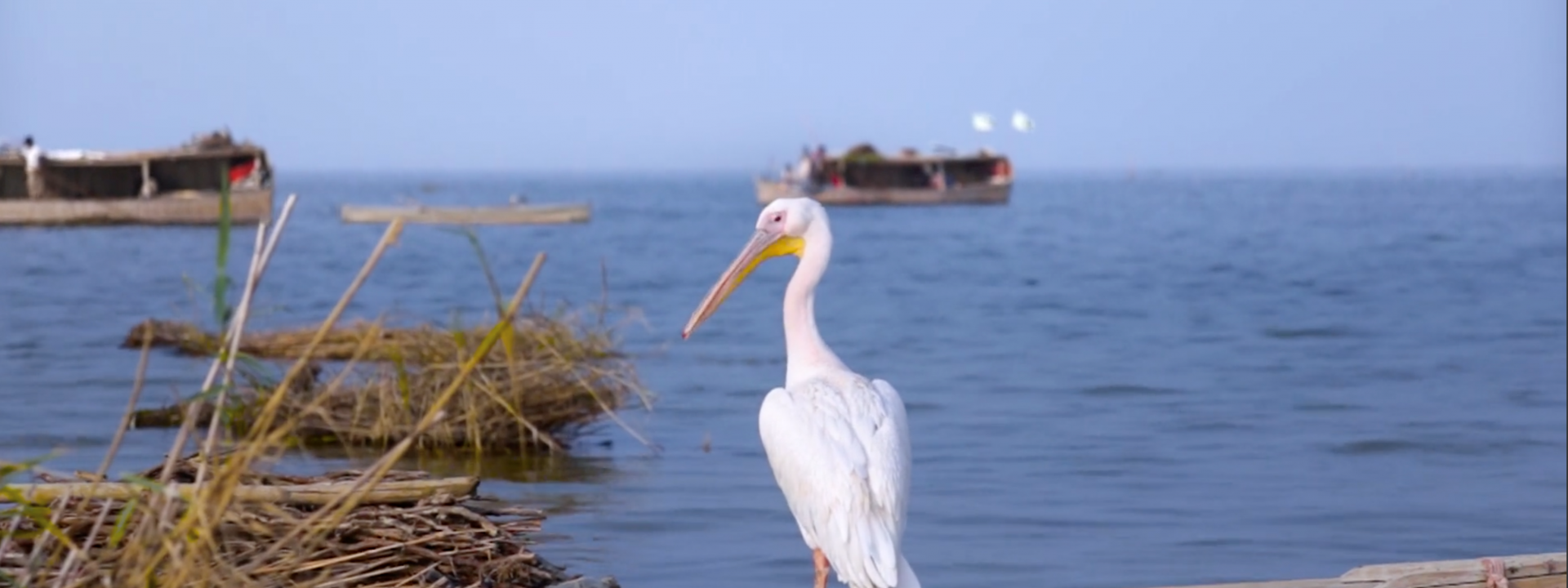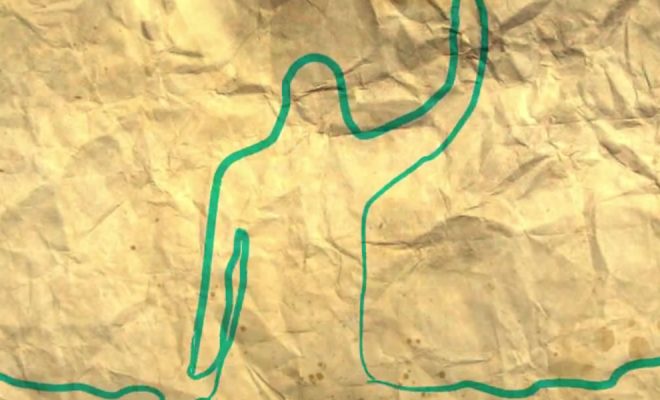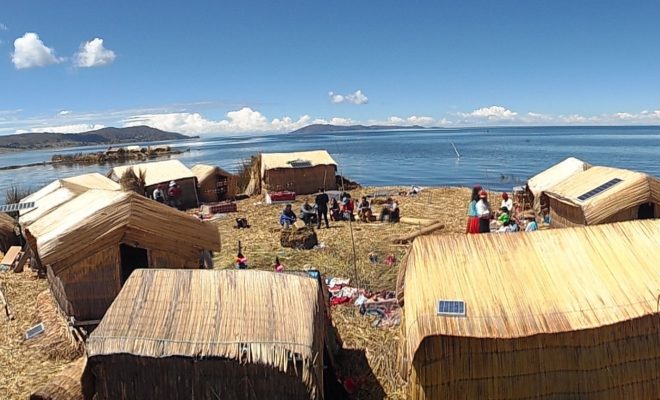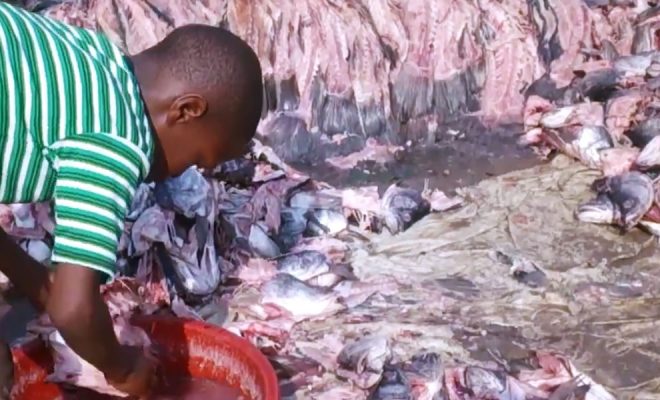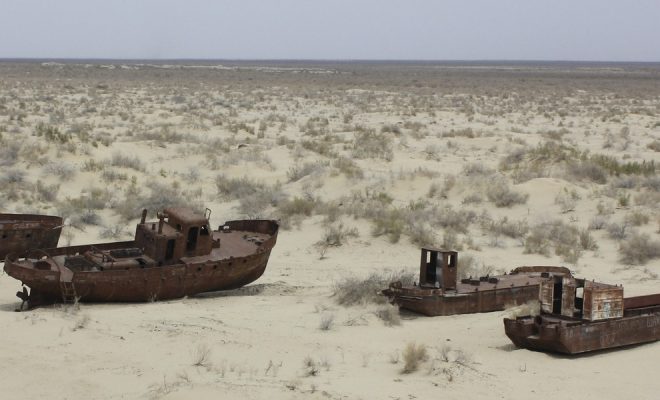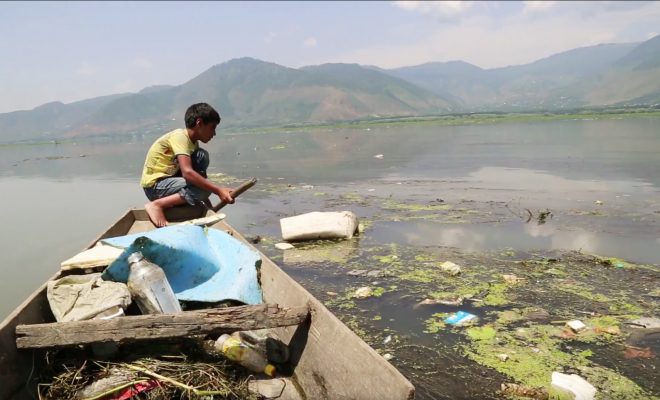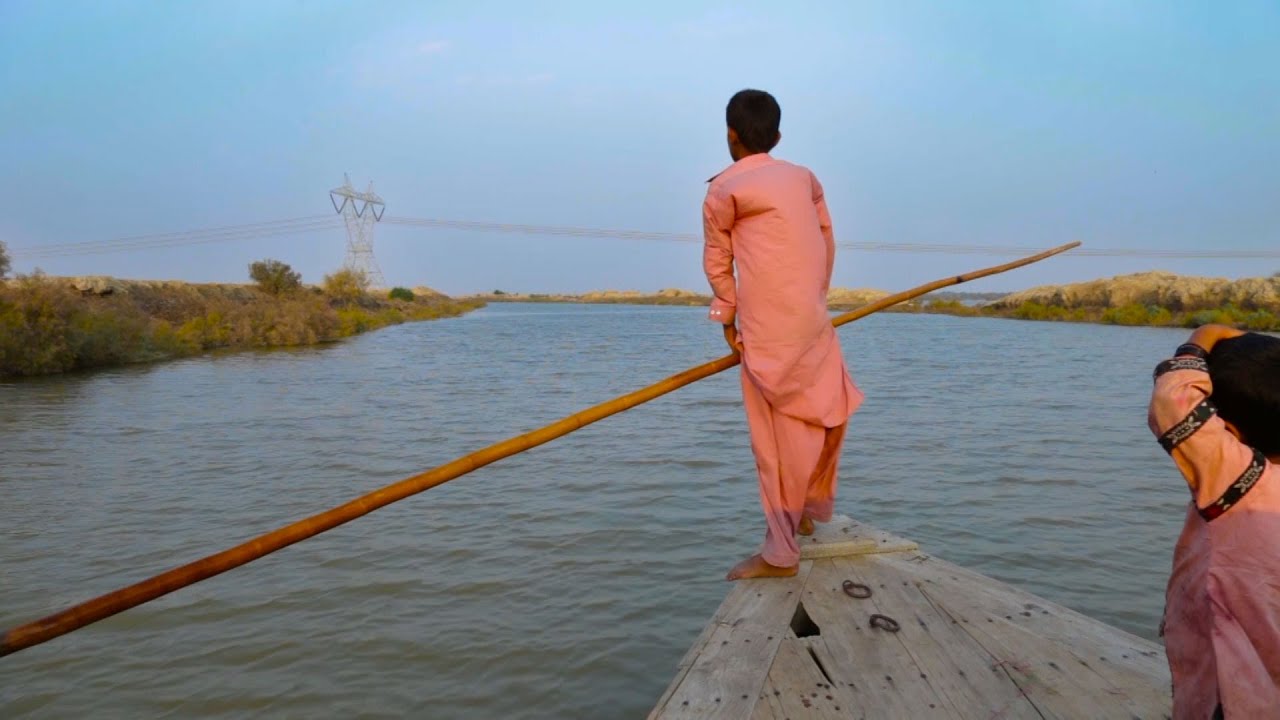
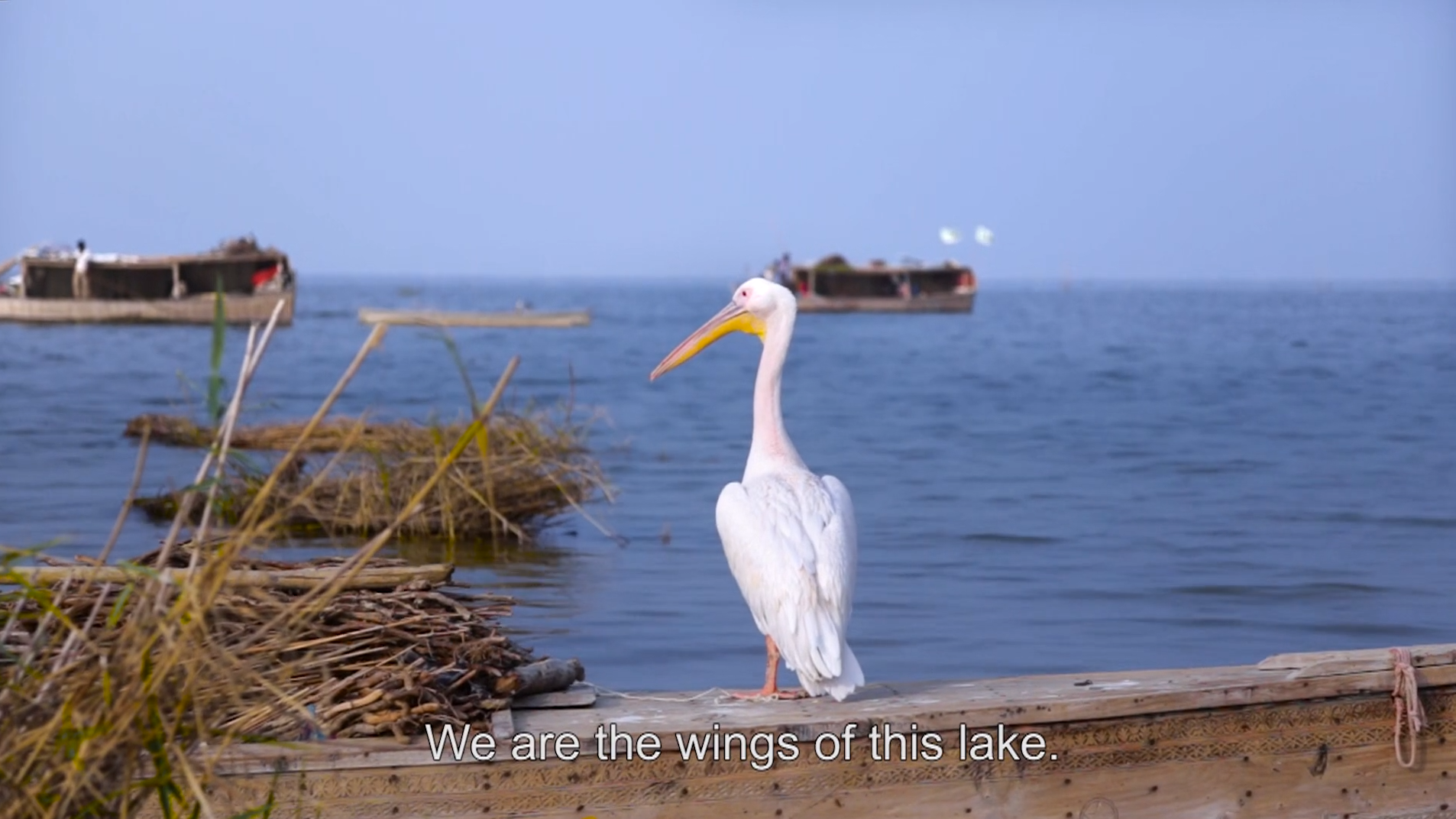
Living on a houseboat may seem as a privilege to many, but for Gul Hasan, the protagonist of the short film The Floating Family, it is a circumstance that is forcing them to migrate in order to survive. Hasan is a member of the indigenous Mohana tribe, also known as the “boat people”. His ancestors settled on the banks of the Indus River centuries ago and they ended up living on houseboats when Lake Manchar was created in 1932.
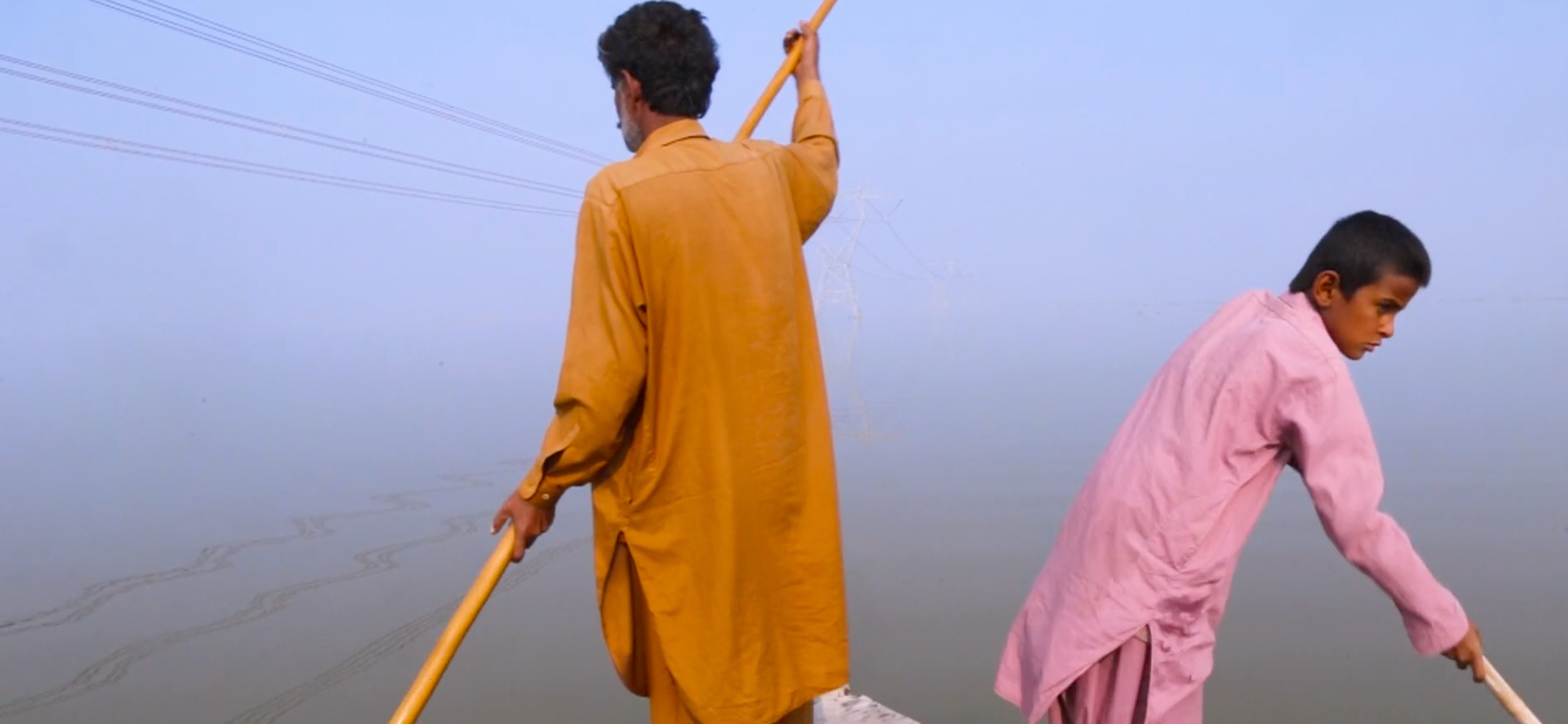
Since then the Mohanas prospered, mainly living on fishing; their houses were converted into boats and by the early 1980s, they made up a community of around 20,000 people living off the bountiful catches provided by the largest lake in Pakistan. But their prosperity has vanished. According to the Pakistan Fisherfolk Forum (PFF), an organization that works to promote the rights of the local fishing community, currently there are only around 4,500 people living on the waters of the lake, who can hardly live in its salty and polluted waters.
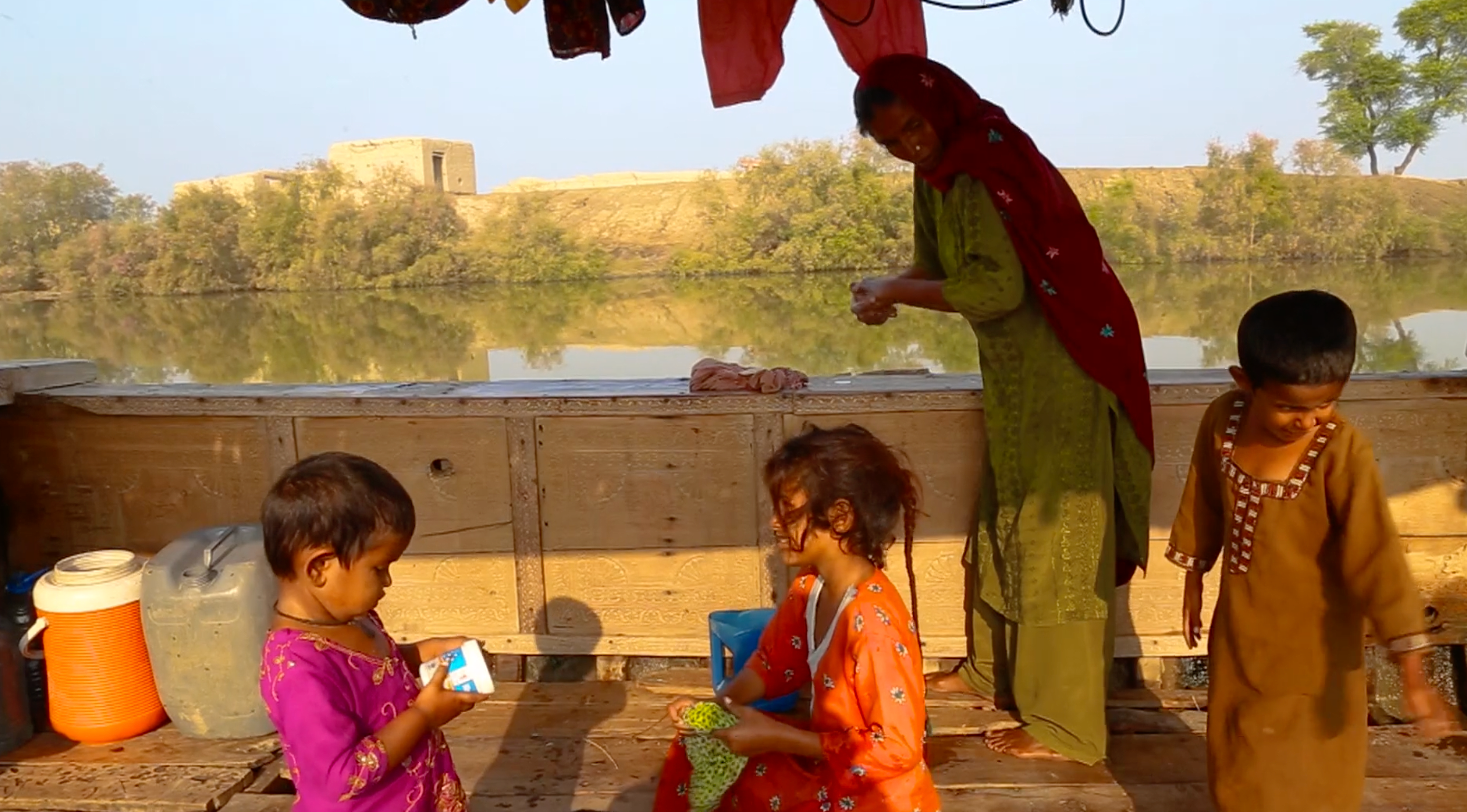
The decline of fishery
Lake Manchar is one of the largest freshwater lakes in Asia. It is located in the west of Sindh province in Pakistan and is part of the Indus basin, a river that has become the gravitational center of the country’s life. Its average surface reaches 200 km², around 40 during the dry season and around 520 during the monsoon and at the end of spring, when the Himalayas start melting.
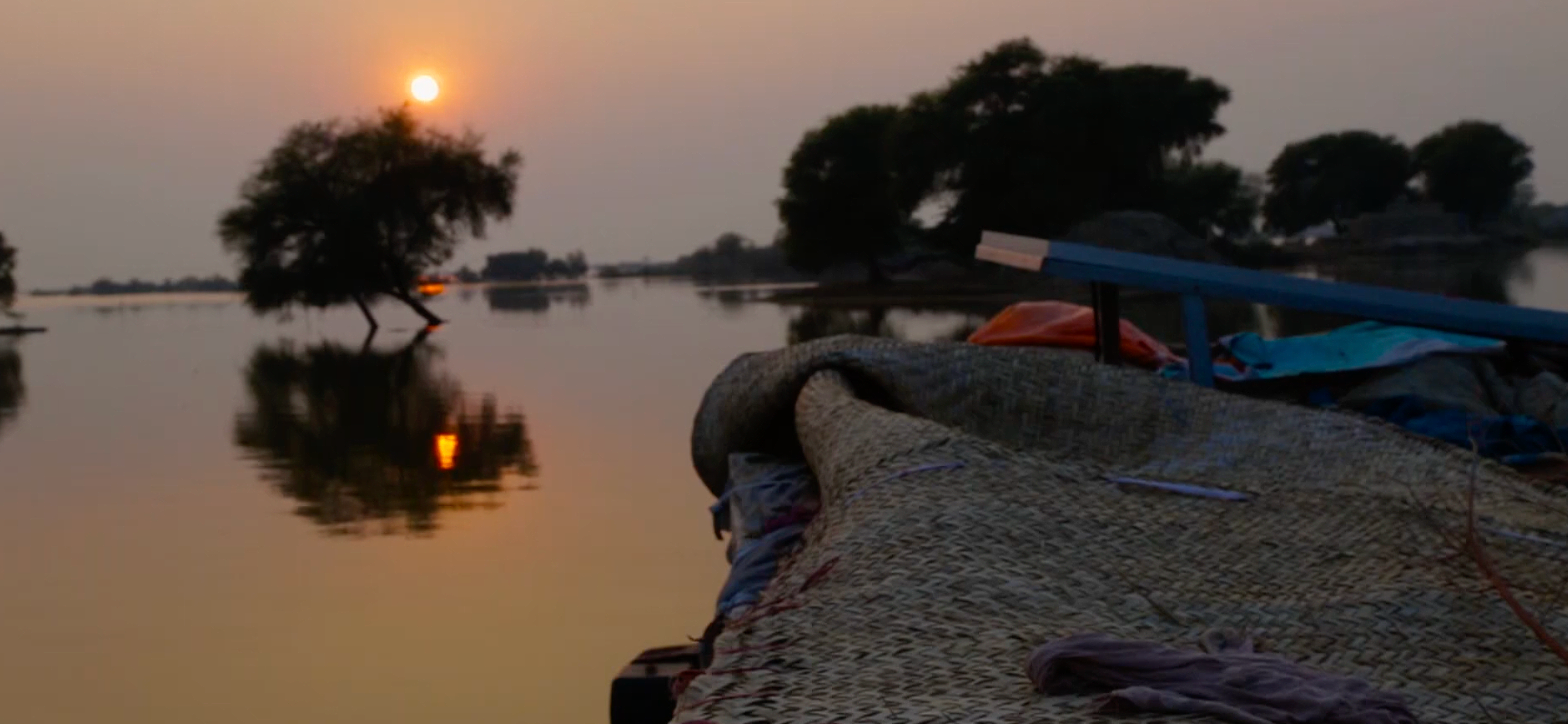
Lake Manchar is actually an artificial lake created in 1932 by building two channels derived from the river and the Surruk dam. Its purpose was to regulate the floods and allow the expansion of agricultural land through irrigation and for almost half a century this goal was fully achieved.
Problems started in 1982, when the government decided to build a network of channels and drains on the right bank of the Indus. Known as RBOD (Right Bank Outfall Drain), the infrastructure aimed to prevent water logging and salinity that was destroying large tracts of arable land around the cities of Dadu and Larkana, upstream of Lake Manchar.
But the effect was not the desired one, salinity increased and the water began to be polluted by industrial discharges. Aquatic life deteriorated and fishing declined drastically. According to the PFF, while 2,300 metric tons were caught in 1944, only 700 were reached by the end of the 1980s. From 1992 onwards, discharges increased and so did salinity. Today, the waters of Lake Manchar do not produce over 75 metric tons of fish.
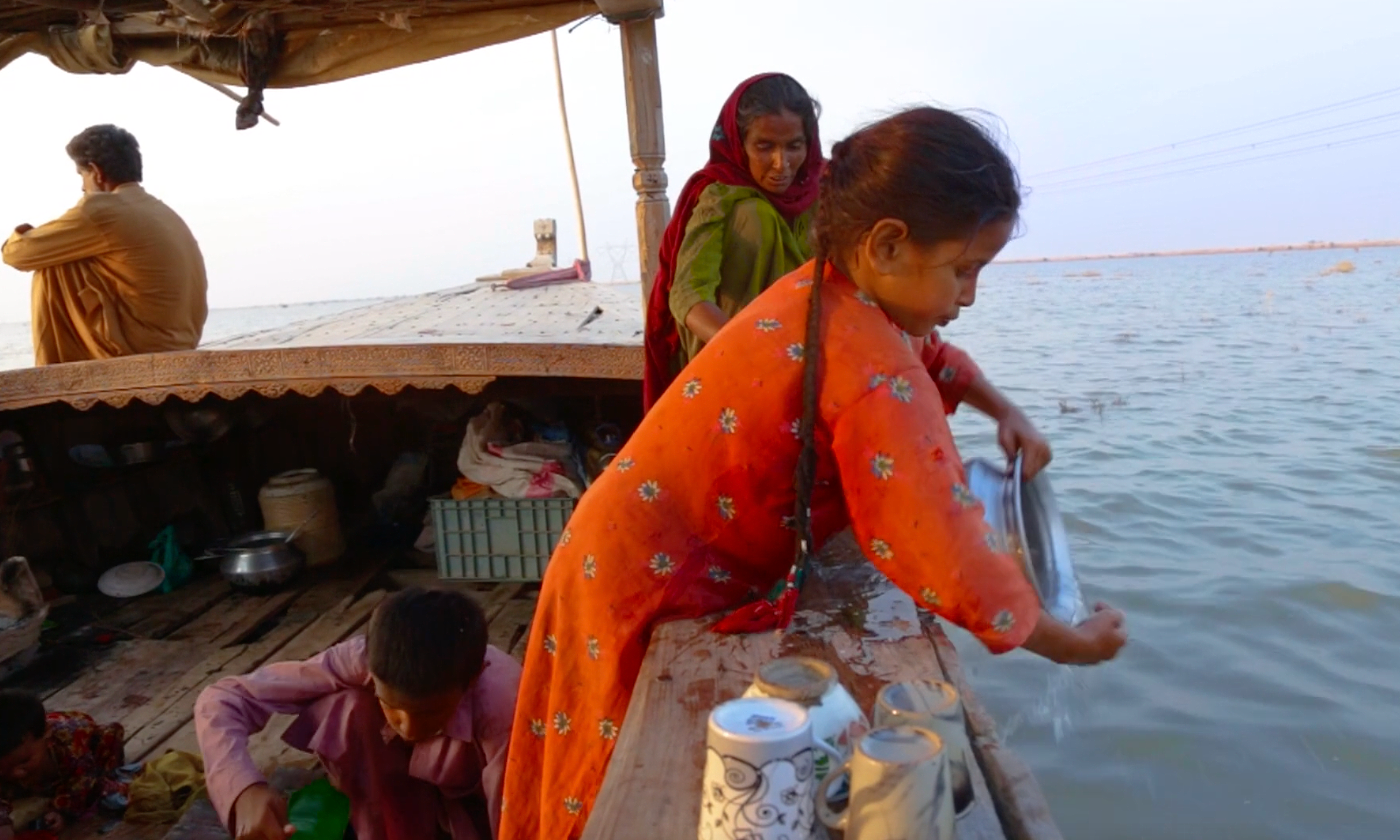
Unsafe water
The lake’s water has become unhealthy. Those Mohanas who survive need to return to the mainland and hire a donkey cart to get a few drinking water cans from the 20 available supply points. Each trip costs the equivalent to 0.14 U.S. dollars, a fortune for those who barely catch any fish they can sell. They are able to get around 60 liters of water which, on board, become a treasure exclusively intended for drinking and cooking. They use water from the lake for bathing, washing clothes and cleaning kitchen utensils; this is why tuberculosis, skin diseases and eye infections, like trachoma, which leads to blindness, are endemic in the area.
Chemical pollution due to the malfunctioning of the RBOD is compounded by the dire effects of climate change, with a decrease of ice in the mountains and a sharp decline in rainfall in the driest areas of the country. On the other hand, the construction of dams in the Indus basin has continued in the last few decades, contributing to the alteration of the silt in the delta formed by the river as it flows into the Arabian Sea. More than one million people live there and only one third have access to drinking water.
The increase in salinity, one of the endemic and almost universal problems of deltas all around the world, does not stop. This is affecting mangroves and the entire ecological balance in the Indus delta and bringing it under control is one of the environmental goals of the Pakistani government.
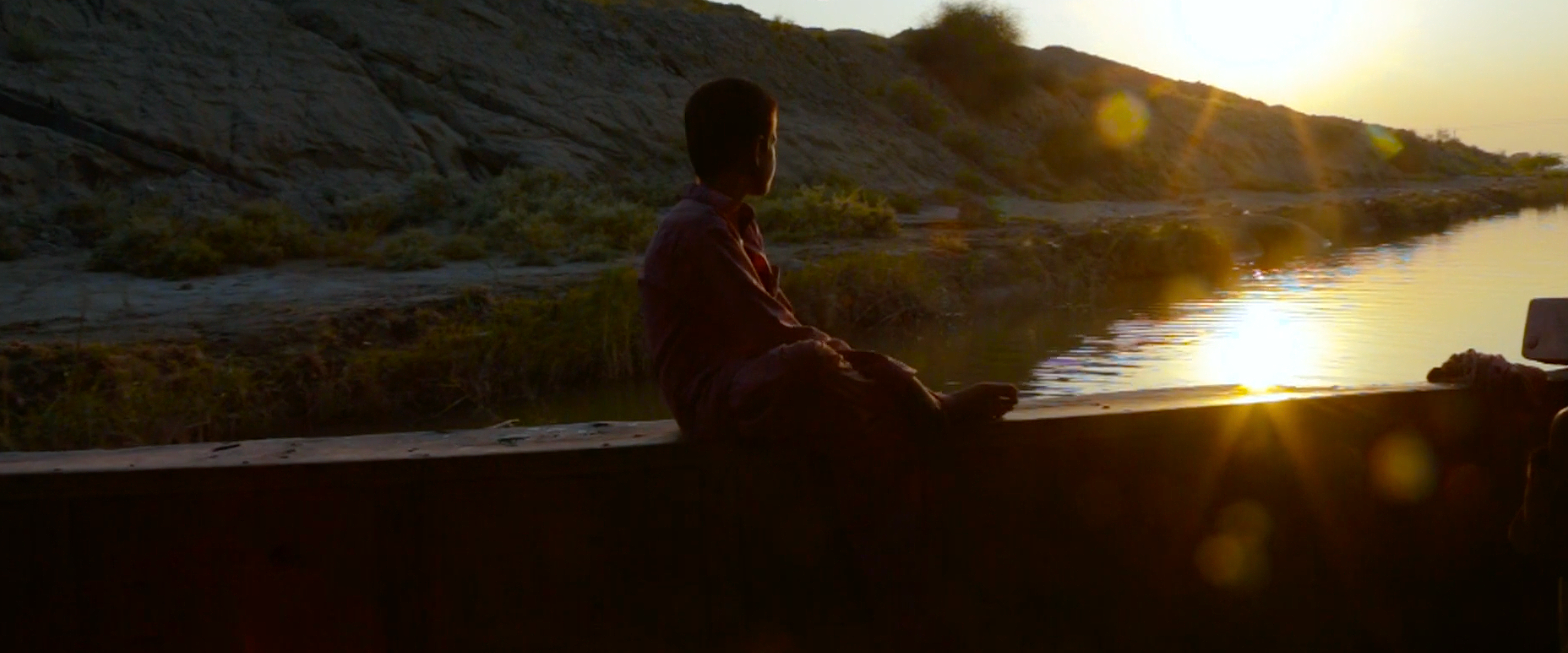
Migrate, where to?
The Mohanas have been the first to be affected by the degradation of water. Many boat dwellers have been forced to move to the shoreline. Others, like the protagonists of Sharukh’s short film, are considering going to sea to fish, a fishing mode they are unfamiliar with and which forces them to more hazardous navigation.
Although Pakistan has not conducted a census since 1998, it is estimated that there are between 4,000 and 5,000 people living on the lake, a huge contrast to the 20,000 that lived there in the 1980s. Most of them have migrated to cities, like the neighboring Karachi. Slums like Orangi Town, one of the largest in the world, are steadily growing with those displaced by environmental degradation.
The future of Lake Manchar is uncertain. Government plans are based on the construction of a new channel to regularize effluents into the sea. However, the project, known as RBOD-II, has had long delays and significant cost overruns. Meanwhile, Lake Manchar residents are hoping for a repeat of last year’s floods which, at the height of the pandemic, were disastrous for Pakistan, but paradoxically caused a reduction in pollution and salinity. But the reality is that rainfall will decrease and flows will be reduced, so it is necessary to urgently invest in measures that will not solve what is already irreversible, but will alleviate the damage caused to the water.
There are many lakes in danger: Titicaca, Poopó, Urmia, Victoria, Wular… They all have ancestral cultures and unique ecosystems that are vital for the attainment of the SDGs. They are part of the freshwater reserves of a planet that needs them all and cannot afford to lose them.


